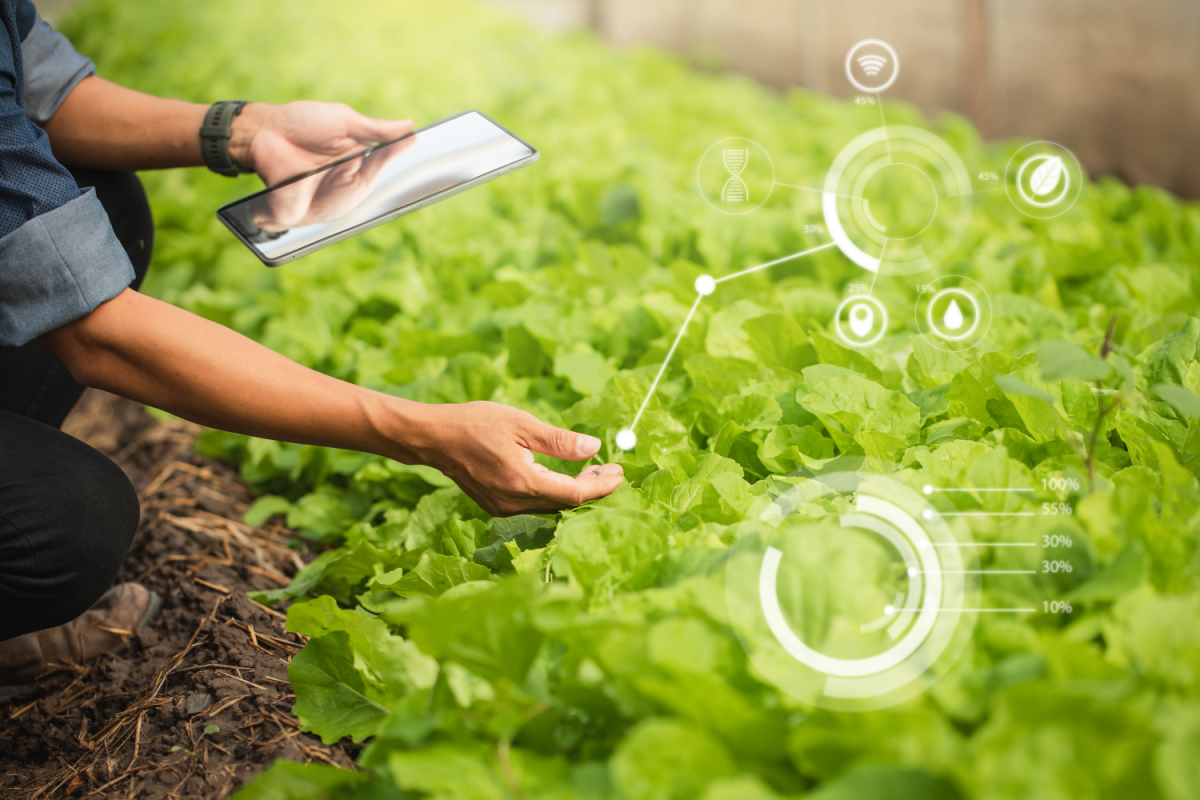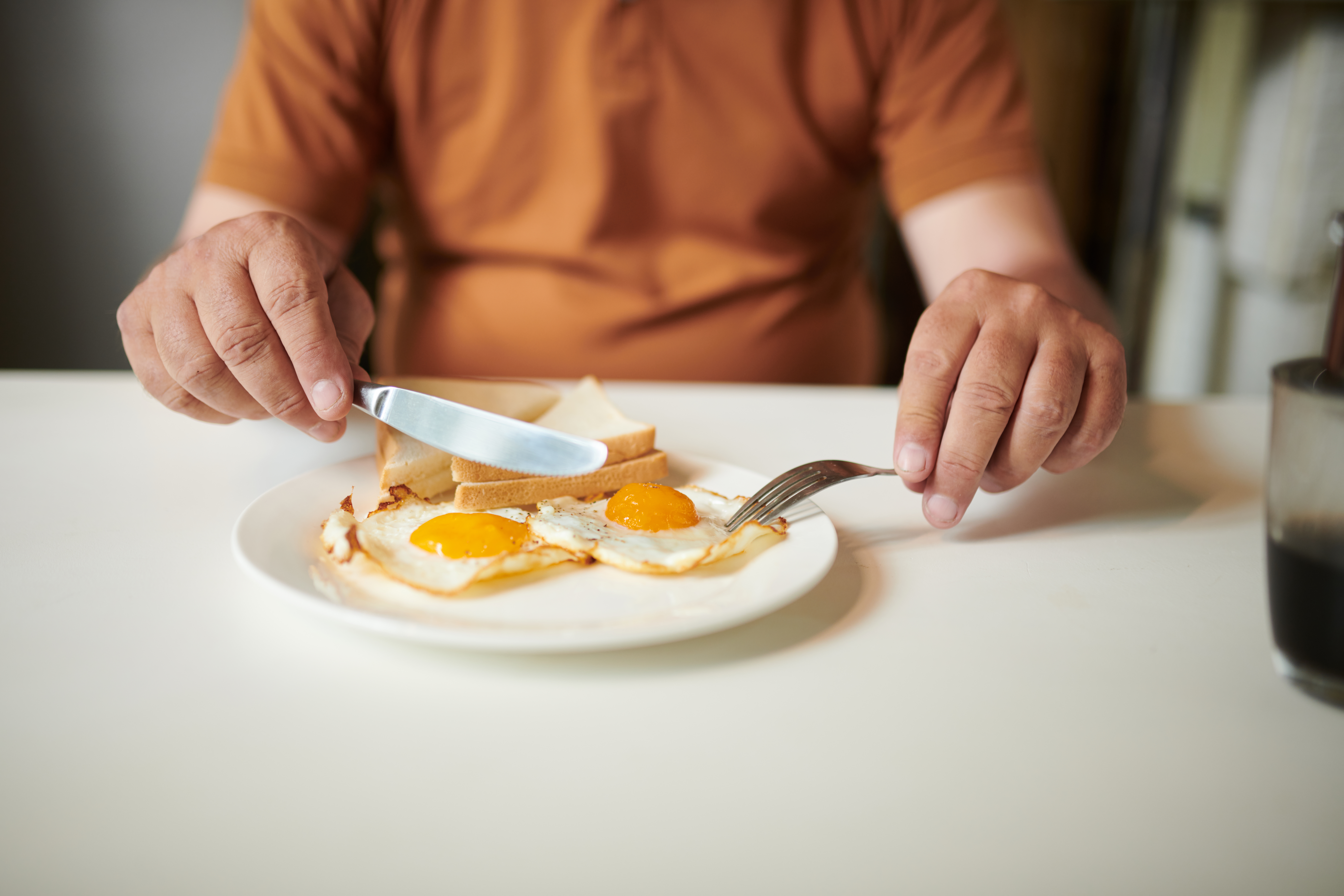In today’s smart-tech era, the chicken coop might not be the first item one would consider in need of an upgrade. Yet, an Austin, Texas-based startup called Coop is revolutionizing this concept, launching its $2,000 smart chicken coop to enthusiastic “early bird” customers. Xtalks spoke to Coop co-founder Jordan Barnes to find out how she and fellow co-founder, AJ Forsythe, are redefining backyard farming.
“AJ and I aren’t just tech folks who randomly decided to dive into chicken coops,” Barnes said. “Between us, we’ve got decades of chicken-keeping under our belts. We’ve personally navigated the joys and challenges of raising hens in a modern setting.”
Their shared history with chicken-rearing led to months spent perfecting the design of the coop’s metal mesh cage. Collaborating with Bould Design, the renowned San Francisco industrial design agency known for its work with brands like Nest and Roku, the company created a chicken coop that stands out. But it was not just about aesthetics. While the duo aimed for a design that seamlessly integrated a rustic feel with a modern twist, safety was paramount.
Related: Why Is There an Egg Shortage in the US and Around the World?
 “We knew from experience how predators and other pesky critters could be sneaky around cages,” Barnes added. “Something a newbie chicken person might not realize, but we knew was an essential part of the structure and safety.”
“We knew from experience how predators and other pesky critters could be sneaky around cages,” Barnes added. “Something a newbie chicken person might not realize, but we knew was an essential part of the structure and safety.”
But this isn’t just any ordinary smart chicken coop. At the heart of the design is a sophisticated AI system the pair lovingly named “CluckWatch.” This intelligent system has been trained with over seven million images, honing its ability to identify potential predators that might wander into a backyard.
“Imagine your smart coop having this really smart friend watching over it named CluckWatch,” Barnes shared. “Now, CluckWatch has seen millions of pictures of all sorts of animals. With each picture, it’s gotten really good at identifying who’s who.”
However, the driving force behind Coop goes beyond smart tech and innovative designs. It’s about reshaping how people view and consume food. Currently, around three percent of households are engaged in poultry farming, according to Barnes, but with the smart chicken coop, the goal is to make chicken raising more accessible, especially for newcomers. 
“Did you know that the average egg in an American refrigerator is between 45 to 60 days old?” Barnes asked. “The [US Department of Agriculture] doesn’t even flinch if there are eggs up to 100 days old for sale.”
Coop’s vision is to bring the freshness of eggs laid the very same morning to every household. This not only guarantees better taste and nutrient density but also has broader environmental and economic implications. By reducing the need for long-haul transportation of eggs and the associated environmental footprint, backyard chicken farming could be a game-changer.
Furthermore, Barnes envisions a future where neighborhoods are dotted with smart chicken coops, producing dozens of fresh eggs daily. With such local production, communities become more resilient, especially in the face of potential supply chain disruptions.
“Imagine a neighborhood where half the backyards have coops,” Barnes said. “The beauty of raising your own chickens is manifold. They are excellent bio-recyclers, turning our waste into nutrient-rich eggs.”
Barnes’ and Forsythe’s vision is grand but grounded in reality. As technology continues to evolve, the integration of smart systems, like those in the smart chicken coop, with traditional practices can revolutionize how people produce and consume food. Coop is not just about rearing chickens — it’s about reimagining a sustainable future.












Join or login to leave a comment
JOIN LOGIN